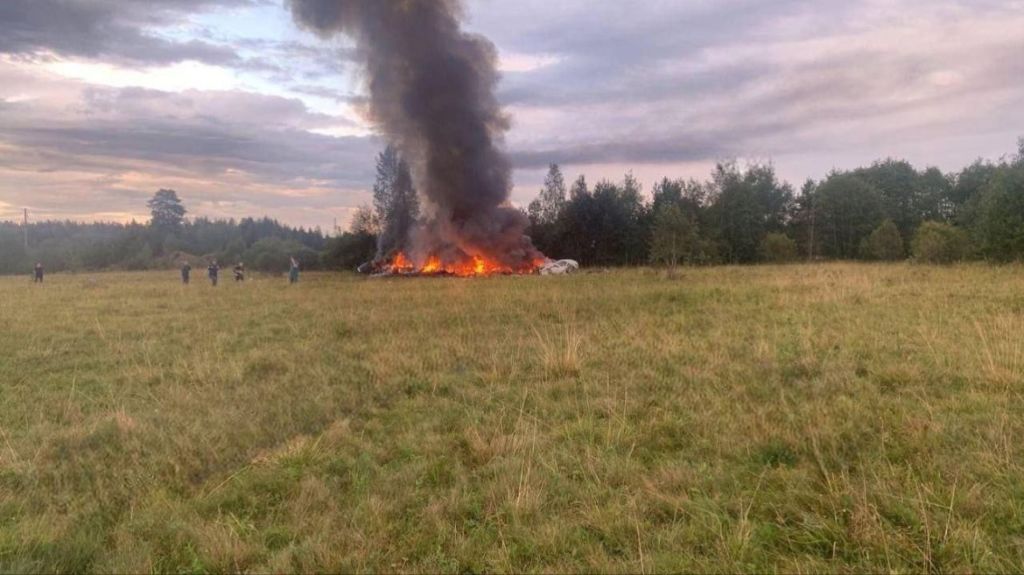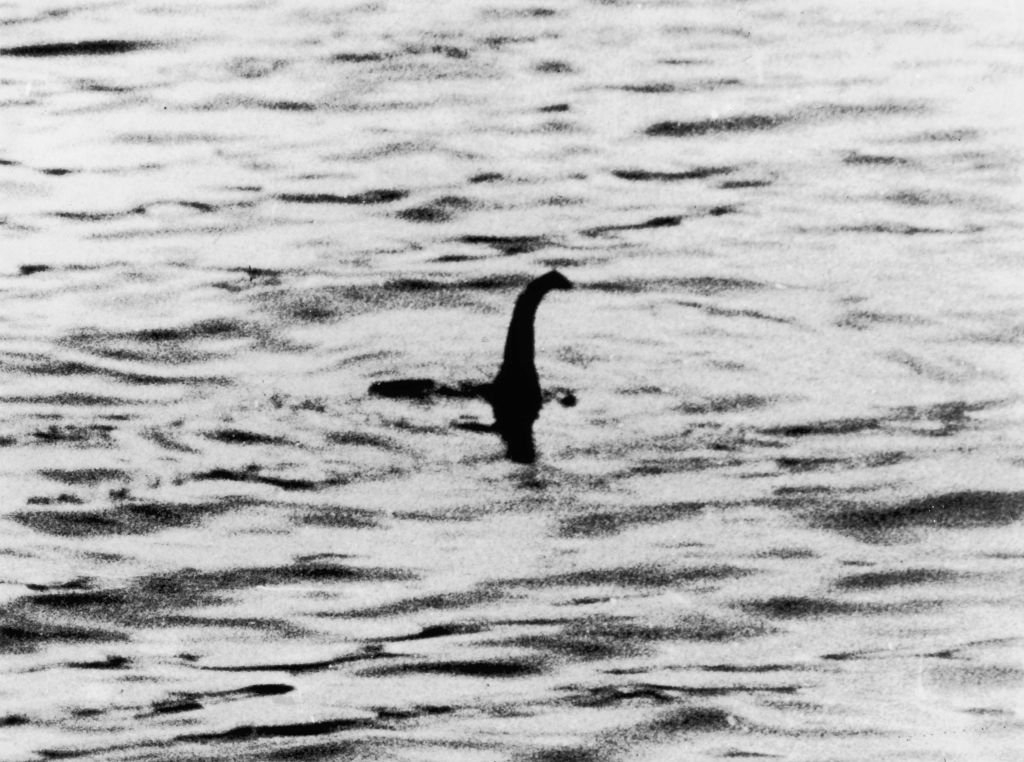The Deepwater Horizon oil spill site has become a deadly honeytrap for shrimp and crabs


It has been more than nine years since the Deepwater Horizon oil rig exploded in the Gulf of Mexico, starting 87 days of uncontrolled gushing in which more than 160 million gallons of oil poured into the Gulf. A decade later, the wreckage of Deepwater Horizon is barren of life, except for two creatures, deep-sea shrimp and red crabs, according to a new study by the Louisiana Universities Marine Consortium (LUMCON) published in the journal Royal Society Open Science. The crab and shrimp are drawn to the site by chemicals released as the oil breaks down, mimicking sex hormones, scientists speculate. But instead of mates, the creatures find death.
"There's not much there," Tristan Baurick, a reporter for The Times-Picayune/New Orleans Advocate, told Texas Standard on Tuesday. "There's no food, so these animals just wander around looking for mates, and then they get contaminated with the oil and get really sick. ... There's really no life but these sick and dying crabs and shrimp."
"Their shells were black, and they had a lot of parasites on them," Craig McClain, LUMCON's director, told The Times-Picayune. "Many (crabs) were missing claws. They looked really unhealthy." The researchers' "hypothesis is that the degraded hydrocarbons mimic natural hormones, especially ones used in sexual attraction and mating," he added, and watching the dying crabs wander around around the Deepwater Horizon site made for "an emotionally draining dive — probably the most depressing in the course of my career."
The Week
Escape your echo chamber. Get the facts behind the news, plus analysis from multiple perspectives.

Sign up for The Week's Free Newsletters
From our morning news briefing to a weekly Good News Newsletter, get the best of The Week delivered directly to your inbox.
From our morning news briefing to a weekly Good News Newsletter, get the best of The Week delivered directly to your inbox.
You can see photos of the crabs at The Times-Picayune and listen to Baurick talk about the findings at Texas Standard.
A free daily email with the biggest news stories of the day – and the best features from TheWeek.com
Peter has worked as a news and culture writer and editor at The Week since the site's launch in 2008. He covers politics, world affairs, religion and cultural currents. His journalism career began as a copy editor at a financial newswire and has included editorial positions at The New York Times Magazine, Facts on File, and Oregon State University.
-
 Nobody seems surprised Wagner's Prigozhin died under suspicious circumstances
Nobody seems surprised Wagner's Prigozhin died under suspicious circumstancesSpeed Read
-
 Western mountain climbers allegedly left Pakistani porter to die on K2
Western mountain climbers allegedly left Pakistani porter to die on K2Speed Read
-
 'Circular saw blades' divide controversial Rio Grande buoys installed by Texas governor
'Circular saw blades' divide controversial Rio Grande buoys installed by Texas governorSpeed Read
-
 Los Angeles city workers stage 1-day walkout over labor conditions
Los Angeles city workers stage 1-day walkout over labor conditionsSpeed Read
-
 Mega Millions jackpot climbs to an estimated $1.55 billion
Mega Millions jackpot climbs to an estimated $1.55 billionSpeed Read
-
 Bangladesh dealing with worst dengue fever outbreak on record
Bangladesh dealing with worst dengue fever outbreak on recordSpeed Read
-
 Glacial outburst flooding in Juneau destroys homes
Glacial outburst flooding in Juneau destroys homesSpeed Read
-
 Scotland seeking 'monster hunters' to search for fabled Loch Ness creature
Scotland seeking 'monster hunters' to search for fabled Loch Ness creatureSpeed Read



